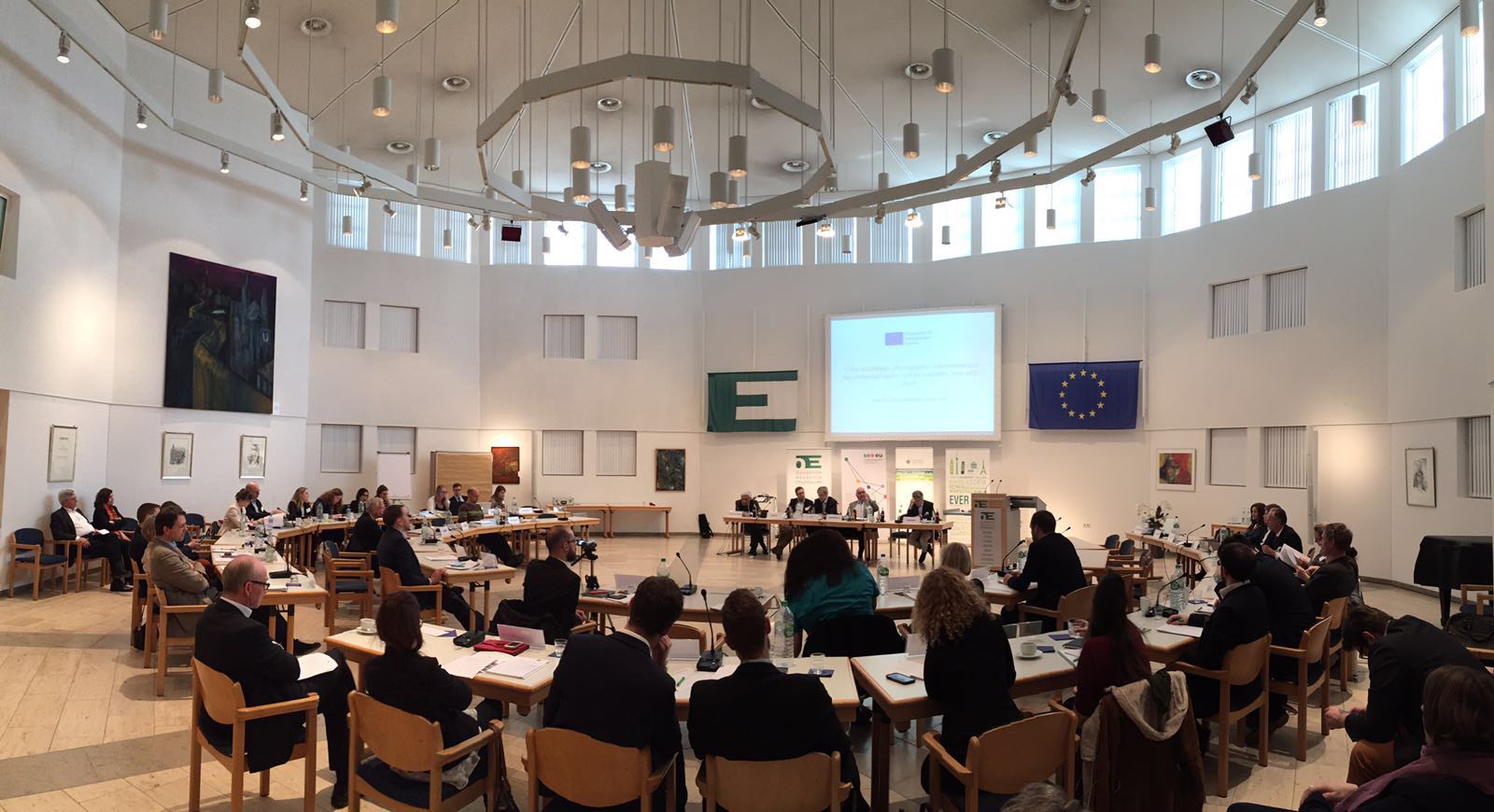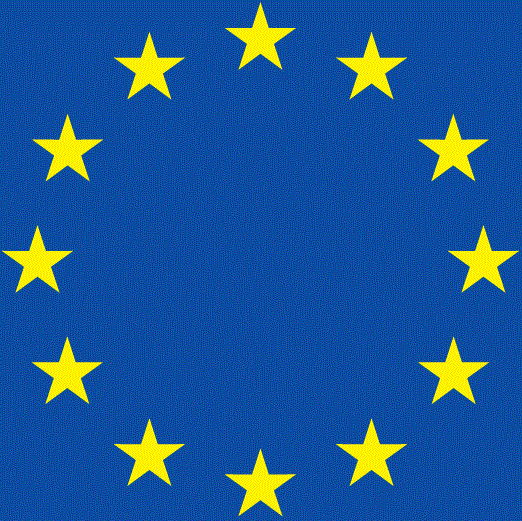For English version see below. Univ-Prof. Dr. Thomas Giegerich hat zusammen mit Desirée Schmitt und Sebastian Zeitzmann ein neues Buch mit dem Titel „Flexibility in
Weiterlesen

For English version see below. Univ-Prof. Dr. Thomas Giegerich hat zusammen mit Desirée Schmitt und Sebastian Zeitzmann ein neues Buch mit dem Titel „Flexibility in
Weiterlesen
Selected pictures of the Speakers and Participants of the Jean-Monnet-Symposium: „How much Differentiation and Flexibility can European Integration Bear?“, which took place at the European Academy of Otzenhausen,
Weiterlesen
Friday, 8 April 2016 A. Introductory Comments Prof. Dr. Thomas Giegerich, LL.M. (Europa-Institut, Saarland University): How to Reconcile the Forces of Enlargement and Consolidation in
Weiterlesen
The Jean-Monnet-Chair for European Law and European Integration is currently organizing an international and interdisciplinary conference on the future of European integration, to be held
Weiterlesen